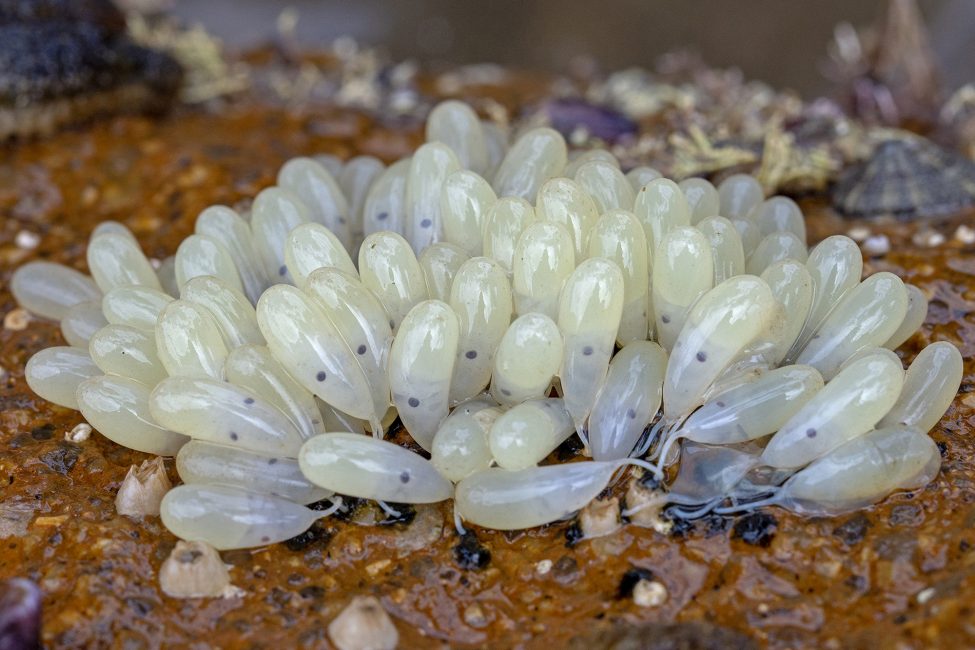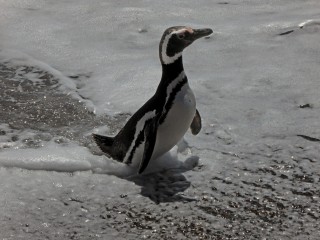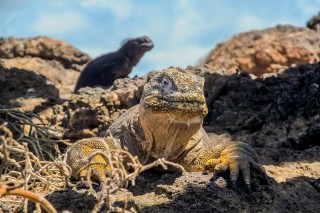
December 11, 2024
New Life Beneath the Tides
- as seen by -
 Martin Brogger
@tinchobrogger
Martin Brogger
@tinchobrogger These eggs belong to the small octopus (Octopus tehuelchus), a species commonly found in several locations across northern Patagonia. They are known as “pulperos” and are traditionally harvested by local fishers.
The egg incubation period lasts 50 to 80 days, primarily depending on water temperature, with warmer temperatures accelerating development and cooler temperatures prolonging it. The black dots inside each egg are the developing eyes of the embryos, a sign they are progressing toward hatching. The female octopus carefully guards the eggs to protect them during this vulnerable stage. Once hatched, the octopuses can grow to about eight inches (20 centimeters) in size and weigh a little more than a quarter of a pound (150 grams).
Taken in the intertidal boulders of the Puerto Lobos Protected Natural Area, Argentina, this photo offers a glimpse into the early life of this species, an important part of the coastal ecosystem in Argentina. Observing these eggs up close highlights the delicate balance of marine life and the reproductive strategies that the octopus uses to ensure the survival of the next generation.
EDITOR’S NOTE: This photo was chosen as one of the top submissions for Wild View’s Spots and Stripes assignment. Congratulations!
Nikon D7200




Leave a Comment